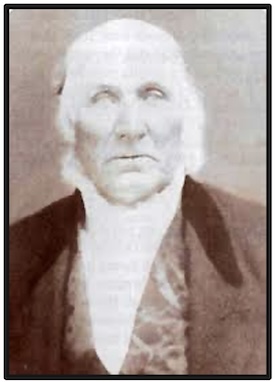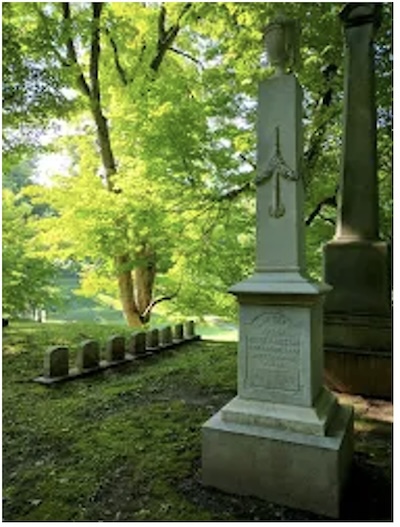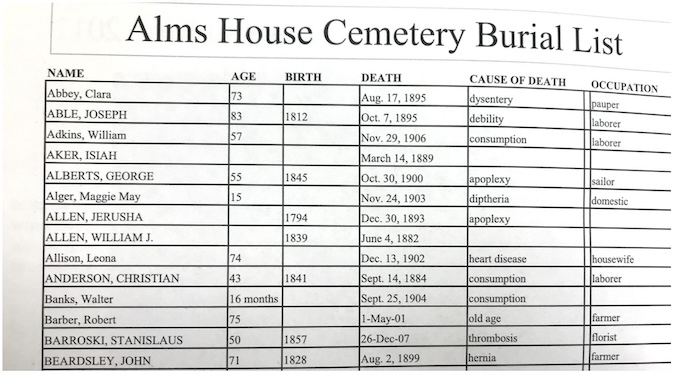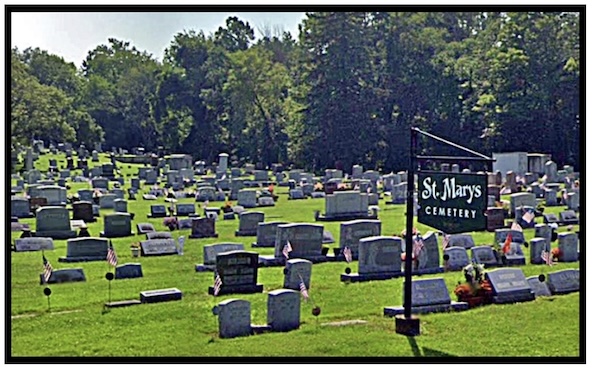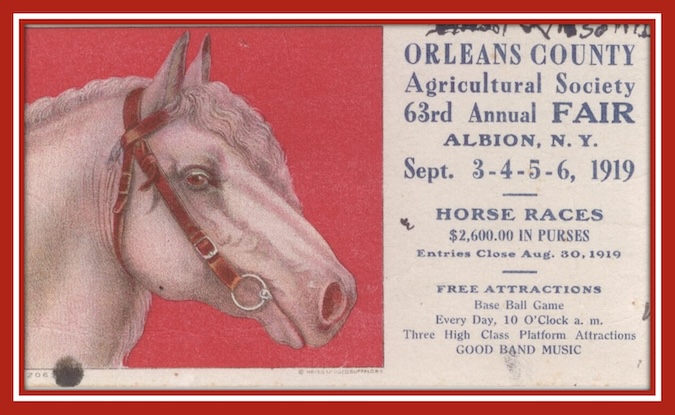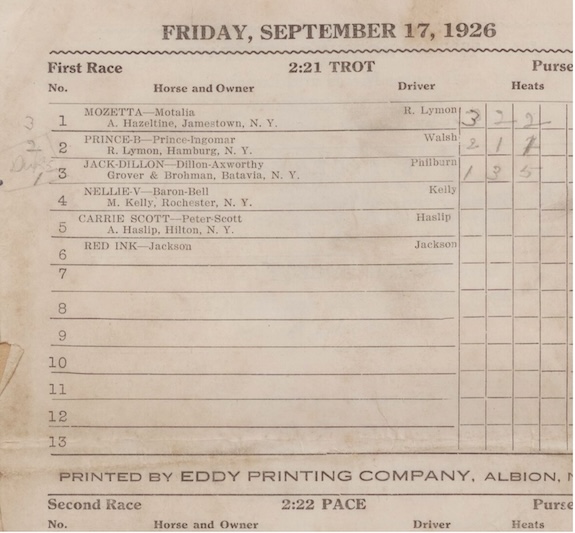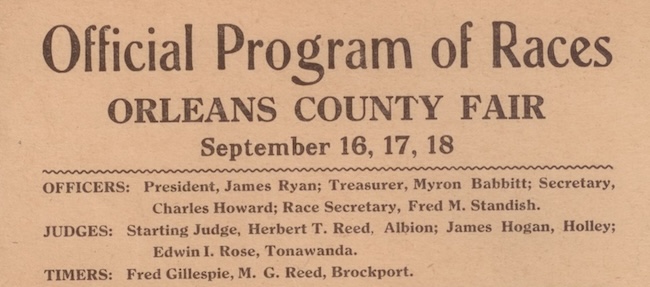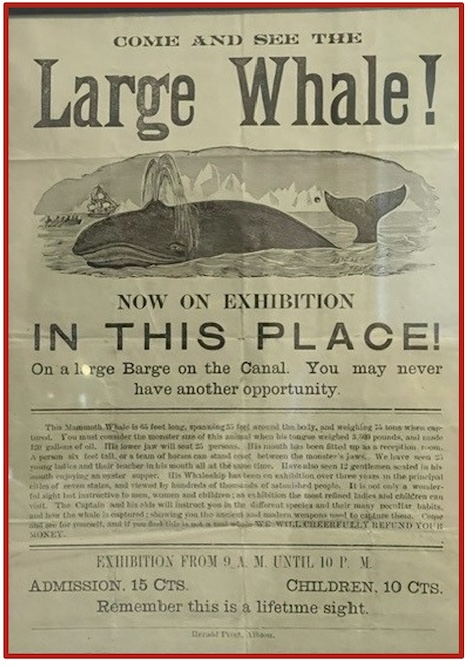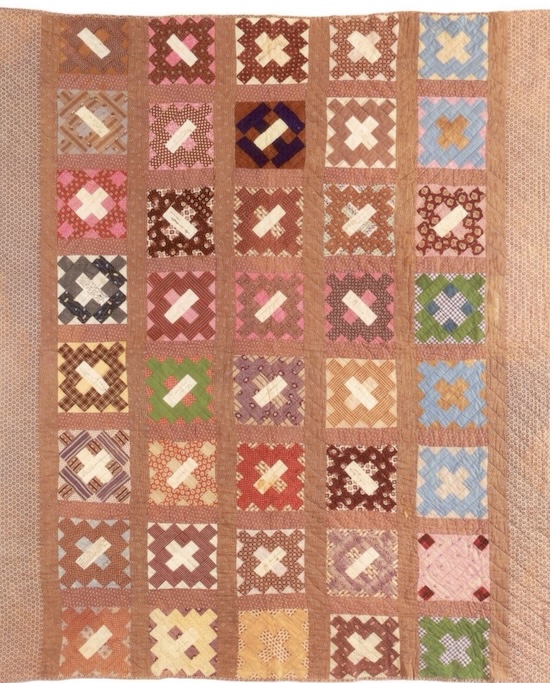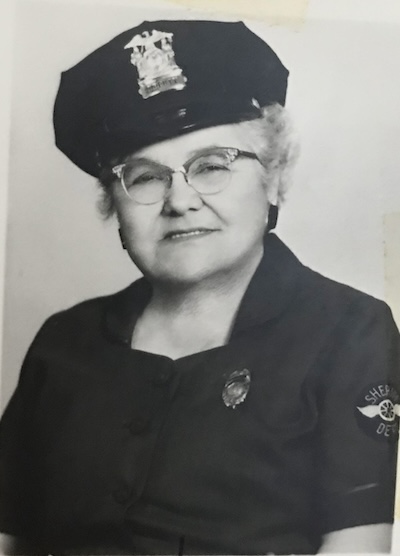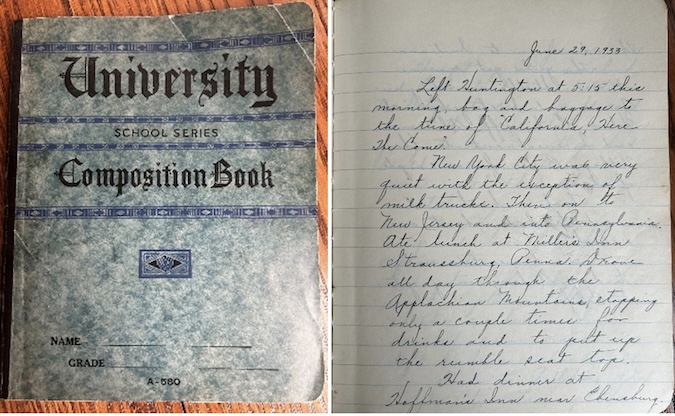Lake Ontario’s power and beauty captured in photo and prose
By Catherine Cooper, Orleans County Historian
“Illuminating Orleans” – Volume 4, Number 30
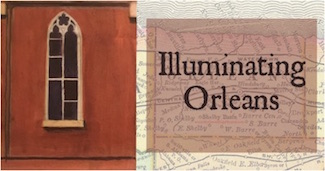
“During the night, the mounting fury of the wind whipped the lake into a frenzy, the beach disappeared and enormous waves crashed against the banks with a deafening roar and hurled tons of water far back on the land.
“As a snarling tiger tears the flesh from its victims with wicked claw and tooth, so the hideous roaring monster into which the usually beautiful lake had changed, attacked the helpless land and with gleaming white fangs and horrible wet arms with vicious claws tore away great chunks of earth and trees.
“The storm struck with particular venom at the place where the shoreline starts to turn out in the little point which suggested the name, Point Breeze. Here the main road turns abruptly west toward the creek. The water hurled out by the waves flowed down the road in a veritable river making its way into the creek at the edge of the Selheimer (Saw Mill) dock.
“Mr. Lewis Roger, who owned the Point Breeze hotel, feared that the lake would tear out a channel to the creek and that his property would become an island.
“The storm continued the next day; waves broke over the lake road in some places with such force that it was hardly safe to travel that way. A steady cold rain fell which chilled one to the very marrow of one’s bones.
“Inland, however, the wind was less violent.”
This dramatic account of an 1880s storm on Lake Ontario was written by Miss Helen E. Allen, Town of Carlton Historian. It was published in the Albion Advertiser, Sept. 16, 1948.
Writing in the Albion Advertiser in 1947, Helen Allen wrote poetically about the lake’s ever-changing symphony of sound and color:
“There were days when vision ended a few feet away in one white swirl of snow. Sometimes water, misty air and sky were all one indistinguishable grey.
“On other days, fleecy white clouds drifting in the azure sky above the blue-green lake became a blaze of glorious color as the setting sun sent a shining path of gold across the water. Then slowly the bright shades of yellow, reds and purple would fade into one soft afterglow, then darkness and the twinkling stars above and the beam of light from the lighthouse.
“Dark days came too, when lake and sky seemed almost black and the waves flung themselves with a roar, like angry beasts with gleaming white fangs upon the shores. But however fierce and menacing it might be, one always knew that there would come a day when the lake would again be serene and calm.
“Lake Ontario, always changing, ever the same, reminding one of the Eternal God.”
A life-long Carton resident, Helen Elizabeth Allen was born in 1894, the daughter of Albert and Lucy (Boughton) Allen. The family resided on the east side of Oak Orchard Creek, just north of the Two Bridges. Helen assisted her parents in the operation of the family chicken farm for many years.
As historian, Miss Allen made a point of speaking to older residents and gathering their tales. They recounted stories about their grandparents who would have been among the early population of the locality. Gifford D. Fowler, for example, recalled going fishing with his grandfather about 1868 when one of the piers at Oak Orchard Harbor was being built.
Miss Allen contributed vicinity news from the Two Bridges as well as articles on local history to the Albion Advertiser and the Orleans Republican-American newspapers for over fifty years.
In 1972, she completed an exhaustive study of the religious societies and churches formed in Orleans County. An active member of the Orleans County Chapter of the D.A.R., Helen was a charter member of the Cobblestone Society.
She passed away on March 15, 1979 and is buried in Mt. Albion Cemetery.


















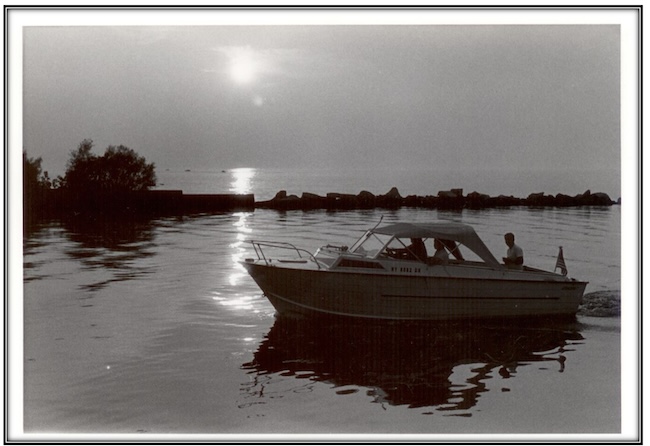
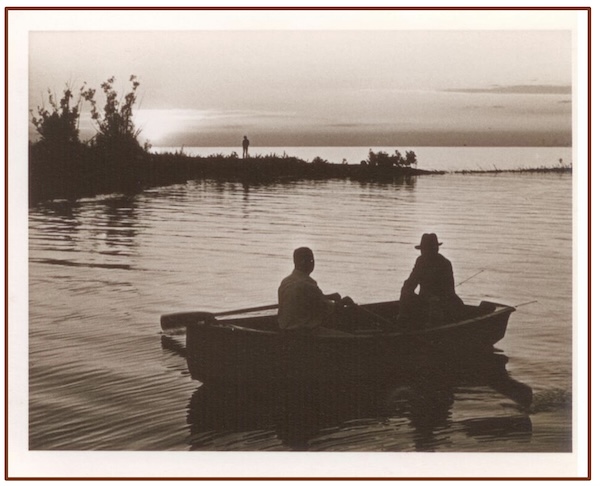
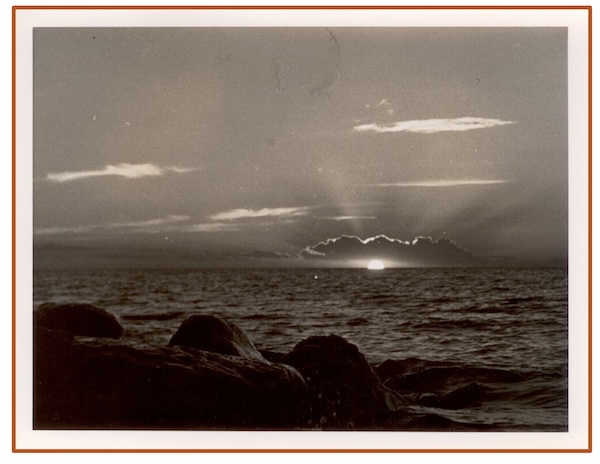
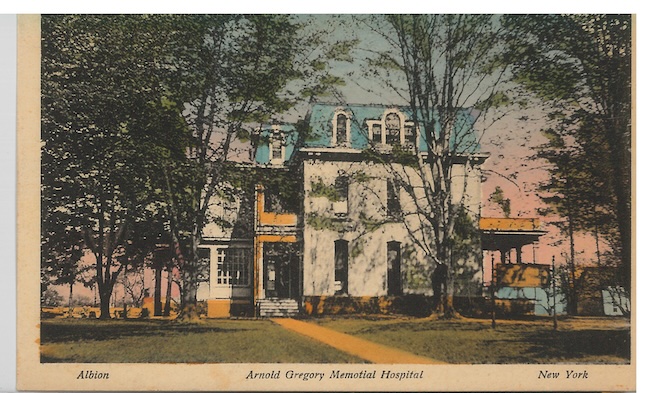

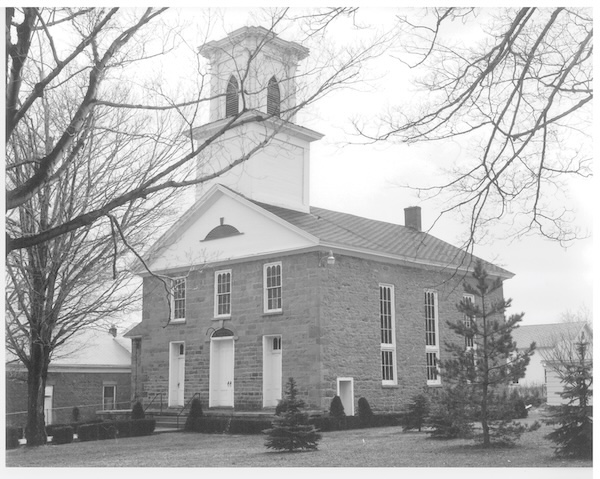
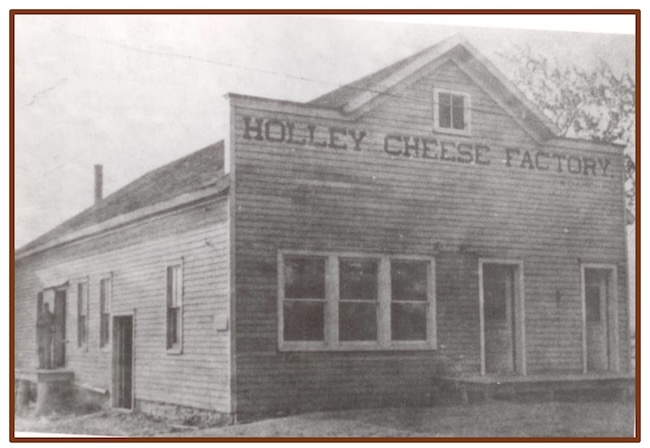
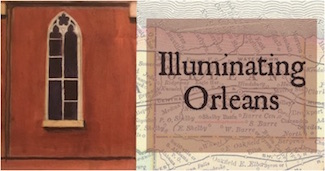 HOLLEY/CLARENDON – Mathematical problem: A cow yields 7 gallons of milk daily. It takes about ten pounds or 1.25 gallons of cow’s milk to make a pound of cheese.
HOLLEY/CLARENDON – Mathematical problem: A cow yields 7 gallons of milk daily. It takes about ten pounds or 1.25 gallons of cow’s milk to make a pound of cheese.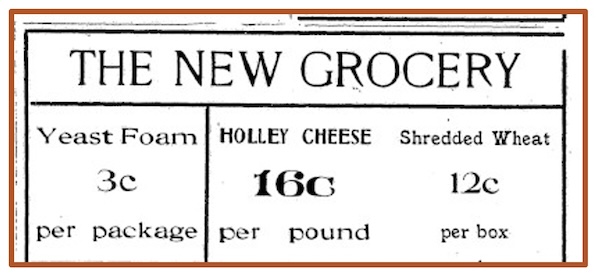
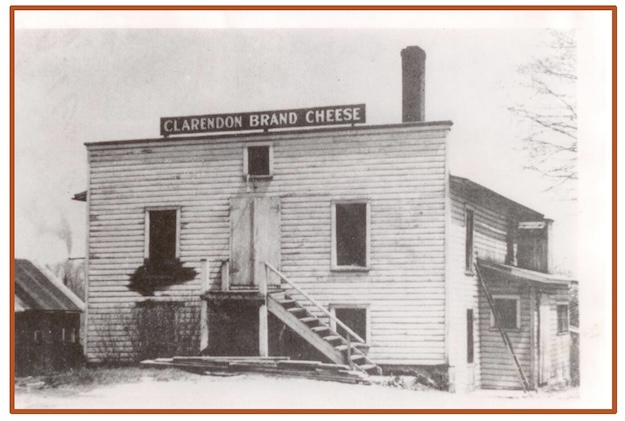

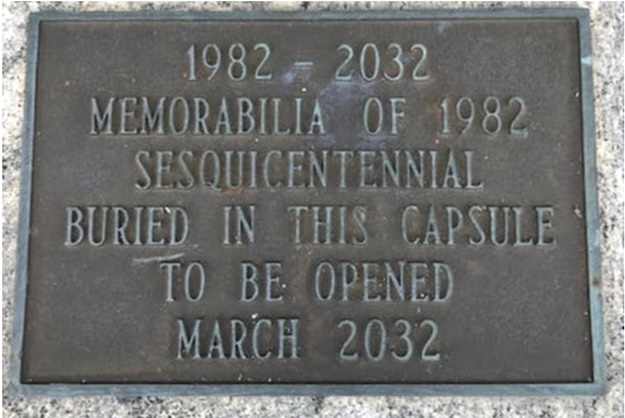
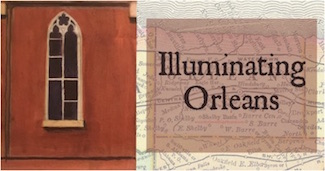 Our recent column about the time capsule placed at the Orleans County Infirmary (now The Villages of Orleans Health and Rehabilitation Center) on August 28, 1960, attracted the attention of the International Time Capsule Society (ITCS) who contacted us regarding the capsule.
Our recent column about the time capsule placed at the Orleans County Infirmary (now The Villages of Orleans Health and Rehabilitation Center) on August 28, 1960, attracted the attention of the International Time Capsule Society (ITCS) who contacted us regarding the capsule.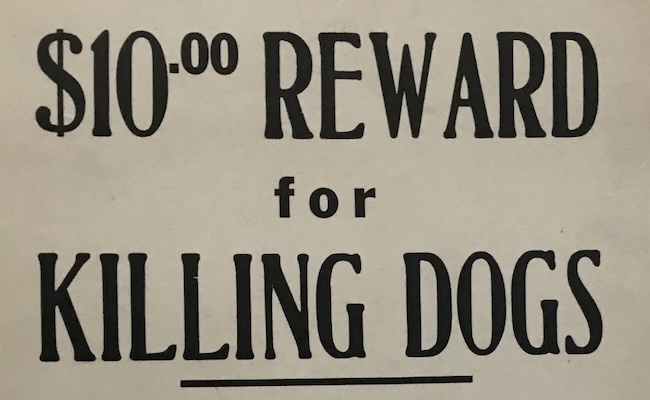
 A dramatic edict was issued by Sheriff Carl Kleindienst in February 1943, offering a $10 reward to kill dogs running at large. The notice was necessitated by an upsurge in the number of dog attacks on sheep and chickens throughout the county.
A dramatic edict was issued by Sheriff Carl Kleindienst in February 1943, offering a $10 reward to kill dogs running at large. The notice was necessitated by an upsurge in the number of dog attacks on sheep and chickens throughout the county.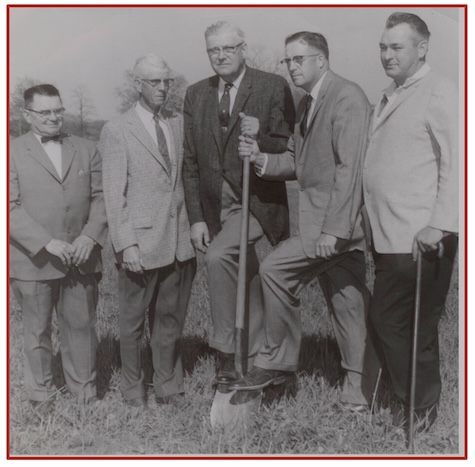
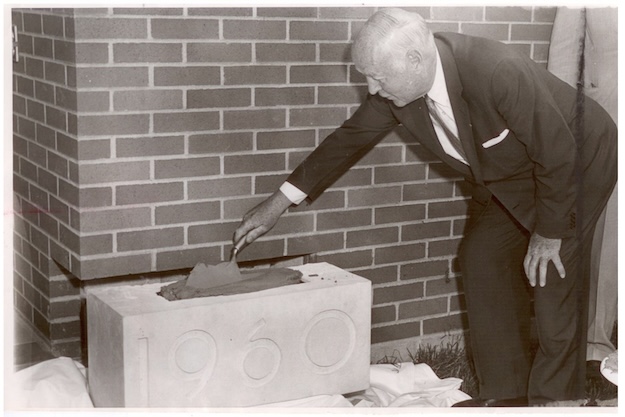
 Editor’s Note: The following address was presented at the by Adrienne Lattin, Town of Gaines Historian, at the Cobblestone Society & Museum 52nd Patriotic Program, held on July 7th. For most of 19th century, the hamlet of Childs was known as Fair Haven.
Editor’s Note: The following address was presented at the by Adrienne Lattin, Town of Gaines Historian, at the Cobblestone Society & Museum 52nd Patriotic Program, held on July 7th. For most of 19th century, the hamlet of Childs was known as Fair Haven.